Ventilation Options for Indoor Grill
lee676
12 years ago
Featured Answer
Comments (7)
GreenDesigns
12 years agolast modified: 9 years agoRelated Professionals
Fox Lake Kitchen & Bathroom Designers · Covington Kitchen & Bathroom Designers · Eagle Kitchen & Bathroom Remodelers · Fort Washington Kitchen & Bathroom Remodelers · Green Bay Kitchen & Bathroom Remodelers · Mesquite Kitchen & Bathroom Remodelers · North Chicago Kitchen & Bathroom Remodelers · Bonita Cabinets & Cabinetry · Manville Cabinets & Cabinetry · Newcastle Cabinets & Cabinetry · Parsippany Cabinets & Cabinetry · Prior Lake Cabinets & Cabinetry · Rowland Heights Cabinets & Cabinetry · Wildomar Cabinets & Cabinetry · Miller Place Plumberslee676
12 years agolast modified: 9 years agolee676
12 years agolast modified: 9 years agokaseki
12 years agolast modified: 9 years agolee676
12 years agolast modified: 9 years agokaseki
12 years agolast modified: 9 years ago
Related Stories
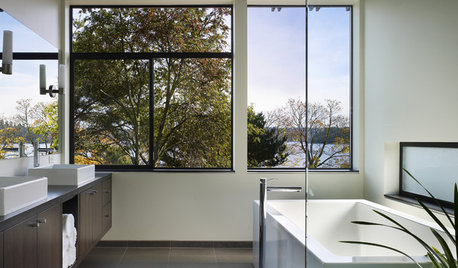
BATHROOM DESIGNGreen and Clean: Ventilate for a Healthy Bathroom
Ridding your bathroom of excess moisture is vital for indoor air quality. Here's how to do it best
Full Story
HEALTHY HOMEGet Cleaner Indoor Air Without Opening a Window
Mechanical ventilation can actually be better for your home than the natural kind. Find out the whys and hows here
Full Story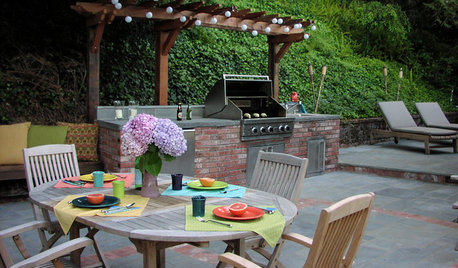
MOST POPULAR8 Ways to Improve Your Grill Setup
Rethinking the old grilling station? Here’s how to pack more function and style into your backyard cooking zone
Full Story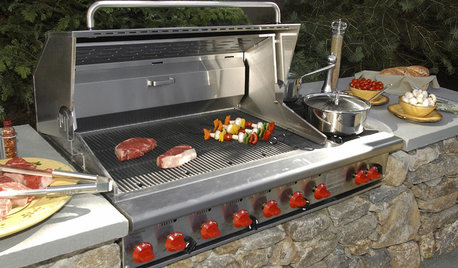
GREAT HOME PROJECTSHow to Get a Built-In Outdoor Grill
Put fresh-air grilling on the menu with a built-in setup that suits your patio or yard
Full Story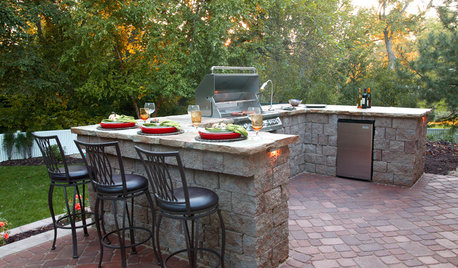
MOST POPULAR13 Upgrades to Make Over Your Outdoor Grill Area
Kick back on your patio or deck with a grill that focuses on fun as much as function
Full Story
KITCHEN DESIGNHow to Choose the Right Hood Fan for Your Kitchen
Keep your kitchen clean and your home's air fresh by understanding all the options for ventilating via a hood fan
Full Story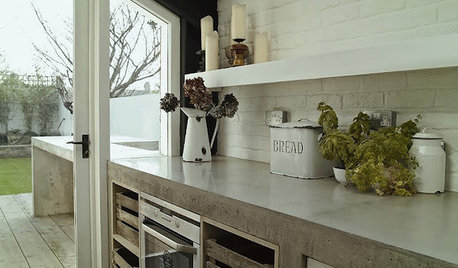
KITCHEN COUNTERTOPSKitchen Counters: Concrete, the Nearly Indestructible Option
Infinitely customizable and with an amazingly long life span, concrete countertops are an excellent option for any kitchen
Full Story
KITCHEN APPLIANCESLove to Cook? You Need a Fan. Find the Right Kind for You
Don't send budget dollars up in smoke when you need new kitchen ventilation. Here are 9 top types to consider
Full Story
HEALTHY HOMEA Guide to Indoor Air Purifiers
Get the lowdown on air filtration systems for your house and the important ratings to look out for
Full Story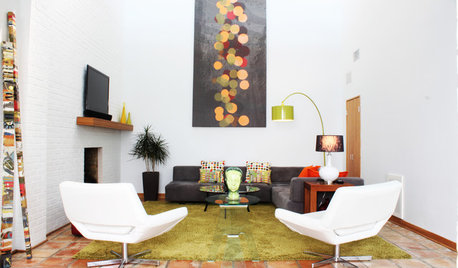
HOUZZ TOURSMy Houzz: Dive Into a Cajun Country Home With an Indoor Pool
Drenched in sunshine from a massive glass atrium roof, this newly redesigned Louisiana home works swimmingly
Full StoryMore Discussions






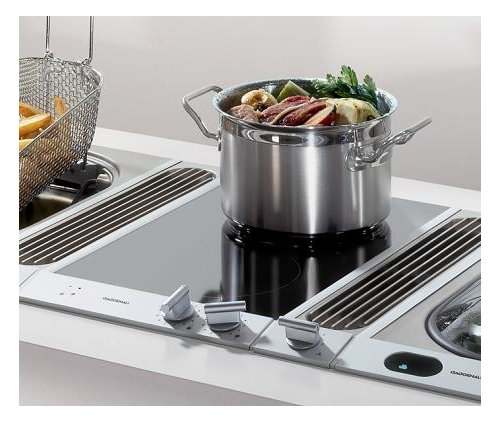


kaseki